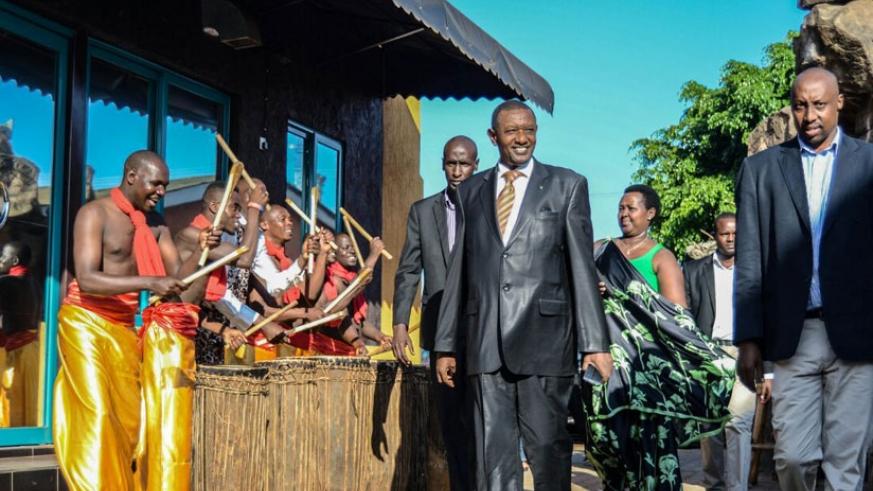The Ministry of Gender and Family Promotion last Sunday held a special commemoration event for women and children who were killed during the Genocide against the Tutsi, perpetrated in Karambi, Bugesera District.
Hundreds of women and children were killed in a marshland next to Karambi hill where they had been hiding at the height of the Genocide.

Among the over 300 families that lived in Karambi’s three villages of Rukiri, Kanyonza and Karambi itself, only 70 people survived.
Speaking during the event, Donatille Mukabalisa, the Speaker of the Chamber of Deputies, said: “It is a pity that we have women who were involved in killing innocent children that used to play with their own children,” said Mukabalisa.
“As a result, the country lost a lot of people during the Genocide, including a big number of women and children who would now be husbands and wives and who would be contributing to the country’s development”.
Figures released in 2004 show that out of a total of 1,074,057 Genocide victims, over 53 per cent were aged between 0-24 years.
Also, findings from the survey conducted by the National Institute of Statistics of Rwanda in 2007 counted 309,368 survivors, among whom 180,593 (or 58 per cent) are women.
The survey said that the majority of the women did not survive from the Genocide because of mercy but because of rape where, as a result, 6,321 women contracted HIV/AIDS.
On the other hand, 21 per cent of the victims of survivors are orphans, 10.3 per cent were Genocide widows while 7.3 per cent were left disabled by the Genocide against the Tutsi.
Up to 1,599 HIV/AIDS positive women survivors get treatment at AVEGA-Agahozo while 1,122 children were born from rape during the Genocide.

